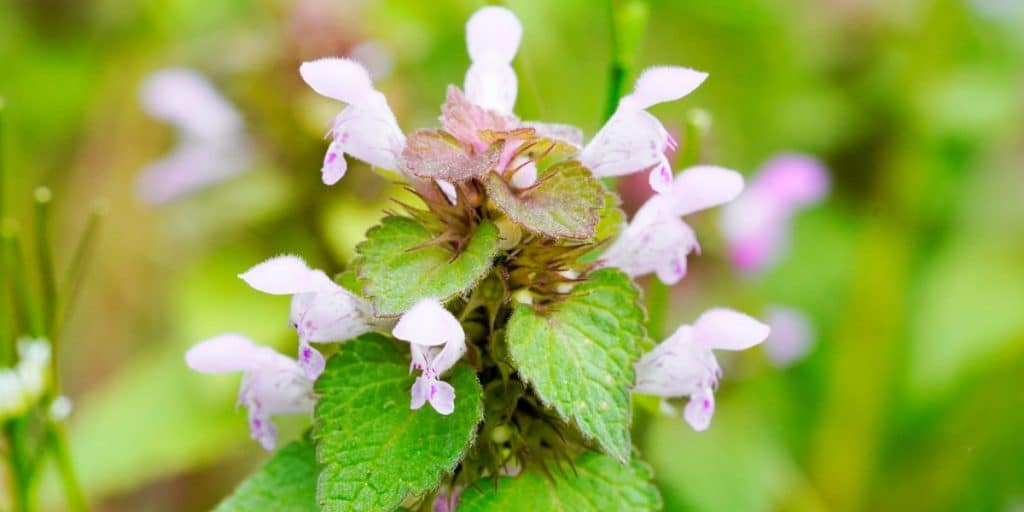Springtime is in the air and on the ground as well. But one of my most enjoyable moments is smelling the beauty of what’s blooming from the ground. A secretly disguised wonder of nature is that of wildflowers blooming in the Springtime, giving off a blended array of colors and scents.
Normally, people will walk right past a beautiful field of wildflowers without even knowing the true beauty of each flower sprouting at its own free will. Oftentimes, a person will place the wildflowers among the family of weeds, giving them a label unfitting. True, wildflowers sprout freely, as do weeds, but weeds have no blooms, or do they? (I’m open for enlightenment here)
Growing up and living in a major city such as Detroit, I, too, would consider wildflowers as being part of the weed family. But, in my defense, it was because the wildflowers would be seen in open spaces, vacant lots, and playgrounds. It wasn’t until I went on a small walk at a local park with someone who had an interest in wildflowers that I gained an appreciation for them.
I became inquisitive, and wanted to know of the different varieties of wildflowers. I learned from my traveling partner, enough about a few that I can share with my readers.
Also Read
Native wildflowers you’ll see everywhere in Detroit
Before I detail a few different types of wildflowers that I learned about, I want to point out that now is a good time to catch a glimpse of wildflowers blooming in Michigan, and especially in areas around Detroit. Most wildflowers in some Michigan areas are best seen through the months of April and June.
Jack-in-the-Pulpit

The first wildflower I was anxious to learn more about was the Jack-in-the-Pulpit (Arisaema atrorubens, Arisaema triphyllum), simply because I liked the name “Jack-in-the-Pulpit” and it has a funny-pine tree-looking bulb; a mostly green plant sometimes touched with a bit of purple. It can grow as tall as 3 feet and can be spotted in shady, moist, and/or coppice areas.
A note to gardeners who may want a woodland garden: Jack-in-the-Pulpit is a maintenance-free plant to add to your collection.
Purple Deadnettle

The Purple Deadnettle -also known as Red Deadnettle (Lamium purpureum ) was next, simply because it was used for human consumption. This plant-like wildflower has been categorized as an herb and is used for teas. Purple deadnettle leaves have a reddish-purplish color, especially at the top of the plant, and are covered with fine hairs that don’t sting or itch when touched. The Purple Deadnettle can also be seen in the cracks or splits of sidewalks.
Trillium
Trillium (Trillium ovatum) was a favorite of my ‘guide’ – we’ll call him “Buddy” for anonymity’s sake. Buddy is a lover of Nature but has never pursued his passion and chose to be a high school basketball coach instead… gotta love the children! – (Keeping on with the wildflowers…).

The Trillium wildflower has three petals and a small variety of bright colors and is common in most parts of Michigan. Perhaps Michigan, being geographically located near large bodies of water, gives it a homeland for Trilliums. These wildflowers bloom mostly around moist, shaded areas.
These three types of wildflowers I learned about, and more are easily spotted in large patches or fields throughout inner-city Detroit. The numerous empty lots and areas from homes being burned to the ground and then demolished have given way to an extreme growth of wildflowers. This enormous takeover doesn’t give Detroiters the opportunity to see wildflowers in a more disciplined state.
Top Spots To See Spring Wildflowers In Metro Detroit
The most common place, you may see wildflowers in a conformed-type area, would be at Belle Isle, located southeast in Detroit. A largely visited park for Detroiters, Belle Isle has a conservancy. Although the conservancy has been renovated, and upgraded with more exotic plants, wildflowers still share some of the marsh soil on the island.
A short 20-minute drive away from Belle Isle is the gardens of Greenfield Village in Dearborn, which is a reproduction of pre-automobile America with original structures and gardens dating back to the earliest days of European settlement. Here, there is a very large variety of vegetable, herb, and wildflower gardens scattered throughout the village, the aromas of which only add to the visual experience.
Further north, there is the Cranbrook campus, which is off of Woodward Ave., in the city of Bloomfield Hills. The campus is part of a K-12 preparatory school spread over 319 acres. It is a beautiful, peaceful place to spend an afternoon in the gardens and the wooded areas that are part of this esteemed educational institution. Among the areas to visit are a Japanese-style garden and a statue garden, a particularly enjoyable thing to experience in the summer, harkening to the Renaissance style of architecture and design.
Last but not least is Meadow Brook Hall in Rochester, a prime example of a Tudor-style architecture and estate in Metro Detroit. Not only should this locale be visited for its historical significance, but in particular for its elaborate gardens. Upon first entering the estate, it is as if one were transported to an English countryside manor. The beauty of the landscape and the setting makes it no surprise that this is a popular location for elaborate wedding ceremonies and a popular destination for students from the Oakland University campus, to which it is adjacent.
Detroiters willing to take a nice but short ride outside the city can enjoy a pleasantly controlled view of wildflowers during the Springtime. A few metro parks close in proximity to Detroit have hiking and walking trails lined with beautiful arrays of wildflowers and are less than an hour’s drive away from the city.
Take a day, and a little time out of that day, to visit a park. Walking through the designated area and seeing the vibrant whites, reds, yellows, and purples peeking out of the greenery, welcoming you to Springtime, inhale the different aromas from the flowering buds, mixing to create the smell of a spring season’s arrival at places such as Lake Erie Metropark in Brownstown, an easy-to-get-to place close from all major Michigan highways. Oakwoods Metropark at 17845 Savage Road in Belleville has a serene atmosphere as you walk along its colorful path.
For parents looking to share the love of nature with their children or would like to support the education of nature for youth, an event at a nearby/local park would be a hit with your family! A program designed to motivate children to get outside and participate in more outdoor activities in order to promote better health, Kids Out and About Ann Arbor/Detroit has a full scheduled calendar of events for children to learn about nature.
Tough times have fallen heavily on the city of Detroit and neighboring cities in Michigan, where large patches of open space are the result of abandoned homes and buildings being demolished. Neglected and ignored areas of land that were once beautified by structures are now adorned with wildflowers. Especially in the Springtime, during the months of April and June.






